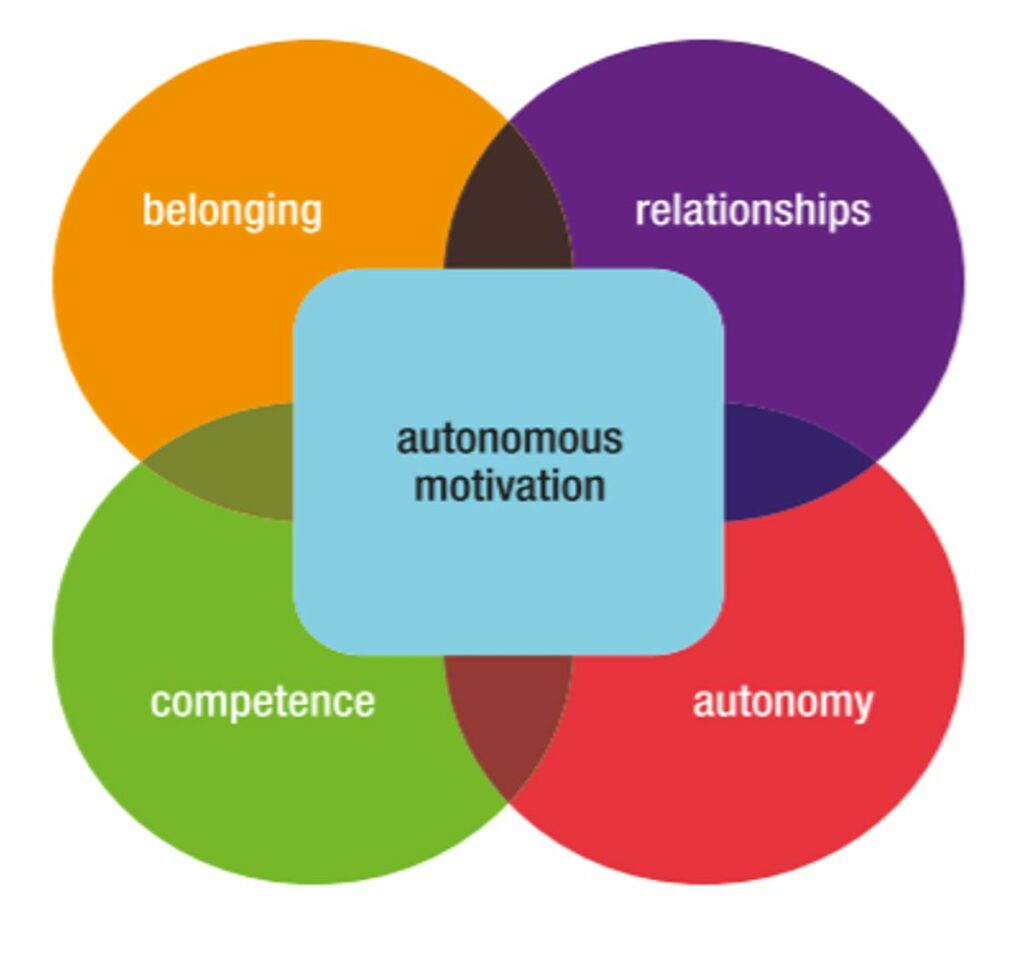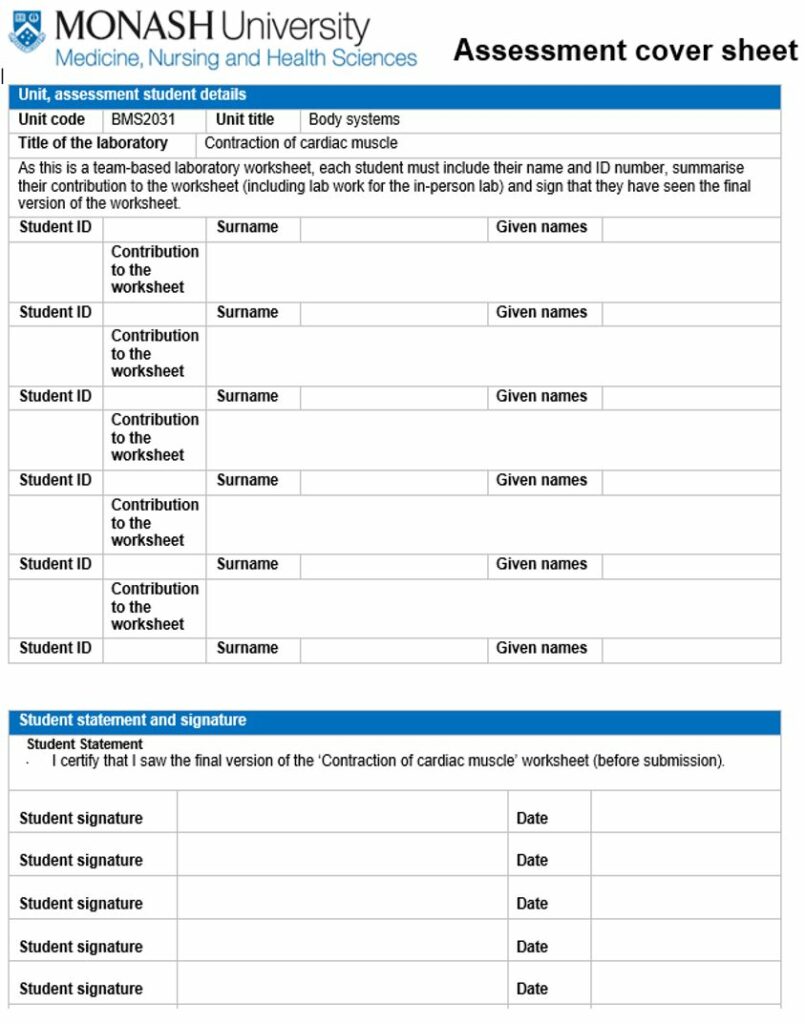By Julia Choate, Monash University, Melbourne, Australia and Patricia A. Halpin, University of New Hampshire at Manchester, USA
On 16 March 2021, the American Physiological Society Teaching Section and The Physiological Society had a joint education webinar called Engaging, Supporting and Assessing Students in a Pandemic-challenged World. This webinar via zoom was well attended with 172 participants from 32 different countries.
At the beginning of the webinar, participants were taken through online activities that simulated the student online experience. Mentimeter polling was used to gauge participants’ experiences and understanding of online teaching with enhanced student engagement.
One method of engaging students that was demonstrated was a video assignment that is due before the term begins. In this assignment the students introduce themselves to their classmates and it is posted in a discussion forum for the class to view. The assignment is due the evening before the term begins. This is an especially important assignment for asynchronous courses as students will never see each other on zoom or in the classroom.
Another way of engaging students is to create teams that they will be working in for the entire term. In order to simulate this activity, the webinar participants were put into teams in breakout rooms. Once in the rooms they had four tasks; introduce themselves, decide on a team name, animal mascot and team color. Some examples include: Glowing Platypi – electric green – platypus; Aus-Bos – orange – kangaroo.

Following this team-based activity, participants were introduced to the idea of a curriculum that supports students’ wellbeing and engagement. This curriculum would encourage a sense of belonging, positive relationships, feelings of competence and autonomy (see Figure 1).
Teams then shared their strategies for online student engagement and wellbeing onto a Google document. These included the use of peer instruction, consistent breakout rooms/teams, online polling, interactive blackboards, and reflective feedback. Other suggestions included using formative assessments, emailing students who have not engaged with the learning management system (or who have failed a major assessment) and the use of inclusive language and assessments.
The session finished with some examples of online assessments. An example from Julia showed that for online team lab reports, students (team members) explained and signed their contributions to the experiments, analysis and the final report, then signed that they have seen the final version of the lab report before submission (see Figure 3).
This was modelled on the manuscript submission process for Advances in Physiology Education, where authors indicate their contributions to the experiments and the manuscript and sign that they have seen the final manuscript.

Finally, examples of non-Googleable exams that assess students’ critical thinking skills and content knowledge were shown. Students appreciated the opportunity to complete this type of exam as it decreased test anxiety and allowed them to review the assessment format ahead of the due date. There are many ways to assess students and they should be investigated to allow students to demonstrate the knowledge they have gained in the course.
This webinar was an effective way to link the Physiological Society of the UK with the Teaching Section of the American Physiological Society. Physiology is taught around the world and by delivering a joint webinar both societies benefited as their members became familiar with each other and they had the opportunity to share best practices and new ideas. We look forward to having more joint programs in the future.
